Hair Disorders
Updated Aug. 15th, 2019
There are a number of conditions that can affect the hair and hair follicle. This can result in a change in texture, quality, thickness and shine of the head hair. Because our hair is often an excellent sign of our long-term health, problems in this area can give us signals to look into other imbalances in the body.
For more information on general ways to improve the health and look of your hair, please see our Hair Health article.
COMMON HAIR DISORDERS
Hair Loss
This is a common condition that affects both men and women at various points throughout their lives. Some cases of hair loss are temporary and will resolve on their own when the body stabilizes itself, as in the cases of sudden hormone shifts like those experienced with postpartum, menopause, and puberty. Some cases are more permanent and require intervention. For more information on causes and treatment, please see our Hair Loss article.
Frizzy Dry Hair
The body naturally produces an oily secretion called sebum that moisturizes and nourishes the hair as it grows. This is the familiar oil that builds up on your hair between washings. It acts as a protective barrier to keep moisture in the hair, and helps to prevent frizzing and breakage. When there isn’t enough sebum present, the hair can become frizzy and dry, which eventually leads to increased breakage. This can be caused by the body not producing enough sebum, as in cases of Hypothyroidism or other hormonal imbalances, or by external treatments stripping away this protective layer. Normal shampooing removes only a part of the sebum surrounding the hair shaft, leaving some behind to protect the hair and produce shine. Excessively shampooing or using harsh chemicals on the hair for cleansing or processing (straightening, perms, or dying) can strip the sebum layer and damage the hair shaft itself. For more information, please see our Hair Health article.
Oily Lank Hair
Oily looking hair that falls heavy could be due to an excess of sebum. Your body naturally produces the oil to protect the skin and hair, but when the body produces too much of it, it can leave your hair with a greasy feel. Not only that, but the extra sebum might clog the hair follicles and contribute to hair loss. Oily hair can be improved by increasing shampooing, however you might have a hormonal imbalance if you are already shampooing every day and are still experiencing oily hair. Because it is hormonal influences that trigger our body to release more sebum, balancing sex hormones can particularly help to remedy oily hair. For more information on hormone balancing, please see our Estrogen Balance and Hair Loss articles. A topical product commonly used over the counter for the removal of excess sebum is polysorbate 80, which is commonly found in special shampoos and other hair and scalp treatments. There are also hair powders that can be sprinkled on the scalp to help absorb excess oil and keep the hair looking light and full of body between washings.
Dandruff
We are all familiar with the small white flakes that accumulate on shoulders and as commercials would have us believe, prevent us from wearing black. Although a dry scalp may occur to any of us at times, true dandruff is an inflammatory condition that causes increased shedding of the skin of the scalp. There are a number of potential causes of this condition, and because of this, there are also a number of different treatment options. For more information, please see our Dandruff article.
Folliculitis
One of the most painful afflictions that can affect the hair is called folliculitis. When a hair follicle becomes infected, it can swell and form a painful or itchy pustule, much like a pimple. The most common causes of this condition are damage to the hair follicle from shaving, friction from clothing, or from blockage of the follicle by debris. This results in infection caused by either bacteria, or fungi that are normally found on our skin. The two most common organisms involved are Staphylococcus aureus (“staph”) and Tinea barbae (a type of yeast). Treatment involves removing the source of irritation, and treating the underlying infection. Your healthcare practitioner can help you determine what sort of infection you have using simple tests. For more information on treatment, please see our Skin Infection and Tinea (Ringworm) articles.

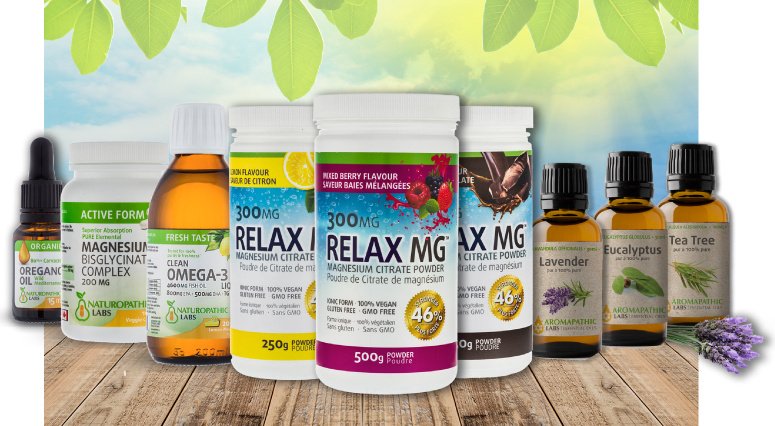
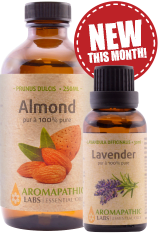
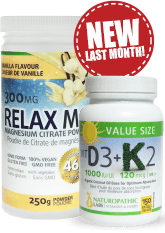








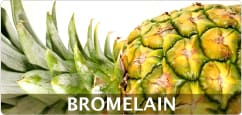




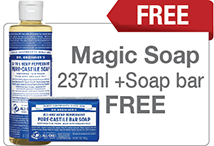




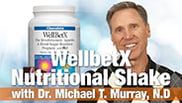
I usually have dry and frizzy oil due to coloring my hair and what really has helped me to deal and prevent frizzing and breakage is to use a suitable oil treatment on a weekly basis. I find that castor oil is good for hair growth and keeps it shine. Also, coconut oil is great for dry and frizzy hair. Just put one or two drops of coconut oil on your hand and put then put it on your hair and leave for a while. You can either wash it and/or just leave it. You need to be consistent with this treatment in order to see a result.
Hello Margo,
Thank you for sharing! Indeed castor oil has many amazing benefits, with hair health being one of them! Coconut oil also provides essential fatty acids that support your hair and skin as well. You can also use a satin wrap for your hair when doing treatments and sleeping:
https://www.nationalnutrition.ca/martina-collection-slumber-cap-satin-1-cap.html
Have a healthy day!